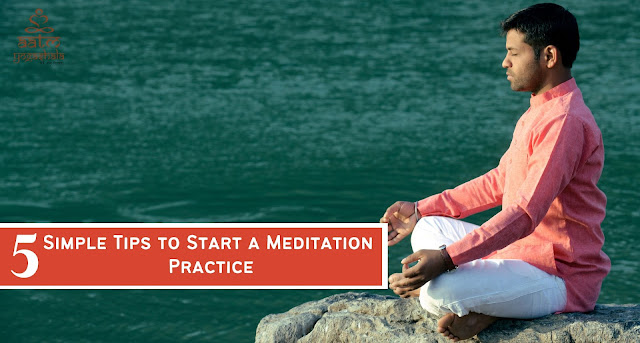Eight Limbs Of Yoga
According To Patanjali Eight limbs

1-YAMA; refers to the five abstentions: how we relate to the external world. (the five vows of janinsm are identical to these)
- Ahimsa non-violence, inflicting no injury or harm to others or even to one's own self, it goes as far as nonviolence in thought, word and deed.
- Satya non-illusion; truth in word and thought.
- Asteya non-covetousness, to the extent that one should not even desire something that is one's own; non-stealing.
- Brahmacharya: abstinence, particularly in the case of sexual activity. Also, responsible behavior with respect to our goal of moving toward the truth. It suggests that we should form relationships that foster our understanding of the highest truths. "Practicing brahmacharya means that we use our sexual energy to regenerate our connection to our spiritual self. It also means that we don’t use this energy in any way that might harm others.
- Aparigraha non-possessiveness; non-hoarding.
- 2-Niyama refers to the five observances: how we relate to ourselves, the inner world.
- Shaucha cleanliness of body and mind.
- Santosha satisfaction; satisfied with what one has.
- Tapas austerity and associated observances for body discipline and thereby mental control.
- Svādhyāya study of the Vedic scriptures to know about God and the soul, which leads to introspection on a greater awakening to the soul and God within,
- Ishvarapranidhana surrender to (or worship of) God.
- Asana; Discipline of the body: rules and postures to keep it disease-free and for preserving vital energy. Correct postures are a physical aid to meditation, for they control the limbs and nervous system and prevent them from producing disturbances.
- Pranayama control of life force energies. Beneficial to health, steadies the body and is highly conducive to the concentration of the mind.
- Pratyahara withdrawal of senses from their external objects.
The last three levels are called internal aids to Yoga (antaranga sadhana)
- Dharana concentration of the Chitta upon a physical object, such as a flame of a lamp, the midpoint of the eyebrows, or the image of a deity.
- Dhyana steadfast meditation. Undisturbed flow of thought around the object of meditation (pratyayaikatanata). The act of meditation and the object of meditation remain distinct and separate.
- Samadhi oneness with the object of meditation. There is no distinction between act of meditation and the object of meditation. Samadhi is of two kinds, with and without the support of an object of meditation.
Content Source: https://aatmyogashala.org/blog/eight-limbs-of-yoga/


Comments
Post a Comment